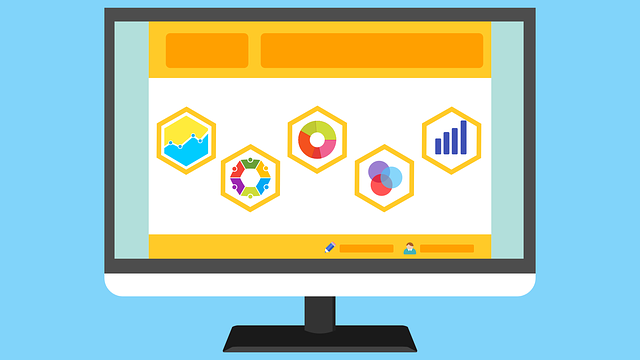I hope you have enjoyed reading Part 1 and Part 2 of the loyalty program performance measurement series. In this last portion, let’s look at what your metrics should be for the last two types of program goals: to attract new customers, and to gain customer insight.
Metrics When New Customer Acquisition is the Goal
The obvious metric for measuring new customer acquisition is the number of new customers acquired as a result of the loyalty program. Although it seems rather straightforward, it is necessary to note a few things about this. One, depending on the nature of your business, determining who are new customers may not be so easy. An online retail business typically has customers’ name and contact information. So identifying and determining the number of new customers is pretty straightforward. Without such information, a new loyalty program member may simply be an existing customer who decided to sign up for the program. Therefore, it is generally not a good idea to count sign-ups for the loyalty program as a metric for customer acquisition.
Instead, you may want to leverage POS data to identify new credit cards that have not previously been used at your business. This is not 100% accurate either obviously, as existing customers may simply be using a different credit card. But it is likely to be closer to the true number of new customers. Measurement of foot traffic or sales and then excluding frequency+spending growth by existing members can be another crude measure of new business. Finally, it is also possible to draw a random sample of your visiting customers and ask the simple question of whether it is the first time that they are buying from your store. Whichever approach you use, it’ll be best to have some baseline customer acquisition numbers before the program was established to compare the new numbers to.
Another pitfall in measuring new customer acquisition is that not all new customers are equal. Because of the typically economic nature of a loyalty program, it is unfortunately likely to attract the more deal-prone customers. These customers may not be so profitable to acquire. If you want to measure program ROI from acquiring new customers, you will want to also consider their spending patterns such as how much and how frequently they buy, what proportion of their purchases involve promotions or discounts, etc. With sufficient data points, you can also try to calculate the price elasticity of your newly acquired customers with existing customers to see how much more (or less) price sensitive these new customers may be and adjust these customers’ values accordingly.

When Gaining Customer Insight is the Goal
Academic research shows that the intensity of analyzing loyalty program data is a main driver of program effectiveness. Done correctly, loyalty program analytics can generate great insight about customers. However, the success of this last type of goal is the most difficult to gauge, as there are many potential ways of leveraging your program member data, and the gains may not be immediately visible. One common misconception in this area is the idea that “if I am capturing more data about my customers, I must be knowing my customers better.” Unfortunately this is not true. Having data on a million customers does not mean much unless you effectively leverage that data. Many businesses suffer from the Data-Rich, Information-Poor (DRIP) problem because of no or ineffective use of customer data.
If gaining customer insight is a primary goal for your loyalty program, you may want to ask yourself the following questions to determine whether you are doing well in achieving this goal:
- Am I engaging in loyalty program data analytics, beyond looking at aggregate information such as overall sales and member enrollment? If the answer is no, the program is still far from reaching the customer insight goal.
- Are my loyalty program data properly integrated with other data in my business such as salesperson data, customer service data, shipment data, etc.? Data silos are a big impediment to effective and efficient use of data. Such silos can be the result of technology or organizational culture issues. To truly gain customer insight, it should be a high priority to integrate data and remove such silos.
- Are my marketing campaigns informed by loyalty program data having a bigger impact on sales and profit than my previous campaigns not informed by loyalty program data? Good customer insight should allow your business to design more effective marketing messages and campaigns. The observable outcome should be greater lift in sales and profit. The magnitude of that lift, compared with previous campaigns (everything else being equal), would reflect the incremental value of program-generated insight.
- Are my marketing campaigns costing less with the help of loyalty program data? The strength of a loyalty program is the ability to capture individual-level information. This should allow marketing messages to be more targeted and catered to individual members’ needs. In many cases, this should translate into a lower cost of messaging.
Concluding Remarks
This series on loyalty program performance shows the complexities of measuring the success of a loyalty program. Many programs pride themselves by the number of members in the program. While being attractive and popular is certainly not a bad thing, it does not guarantee a truly successful program that achieves its intended goal(s). I hope the metrics discussed in this series help you determine the KPIs for your program and identify areas of improvement as needed. I’d love your feedback on the issues discussed here. Please drop me a note or leave a comment below to let me know your thoughts. As always, I greatly appreciate your sharing the Ping! blog with your colleagues and social media followers.
